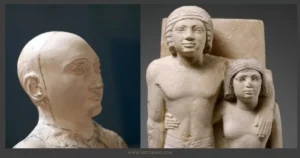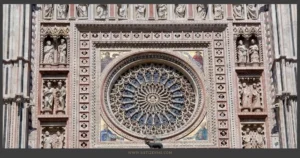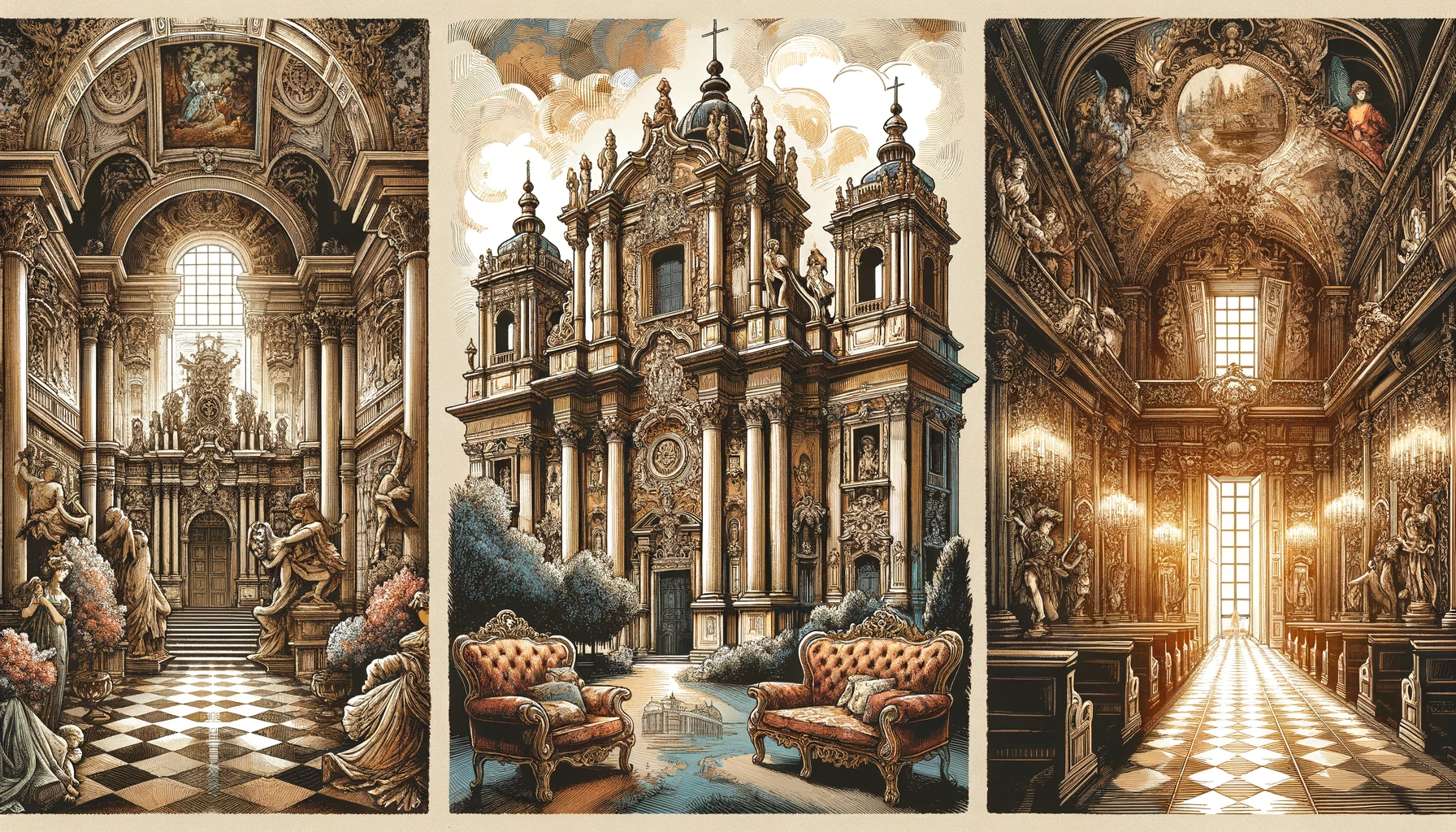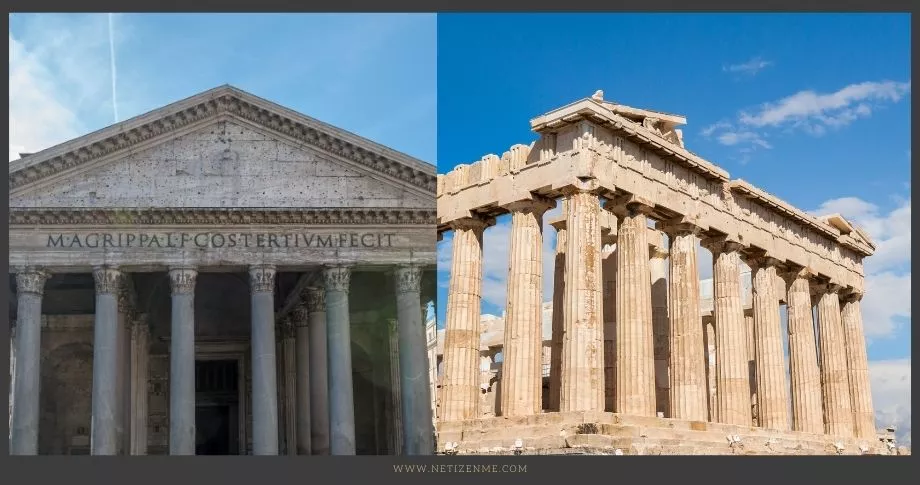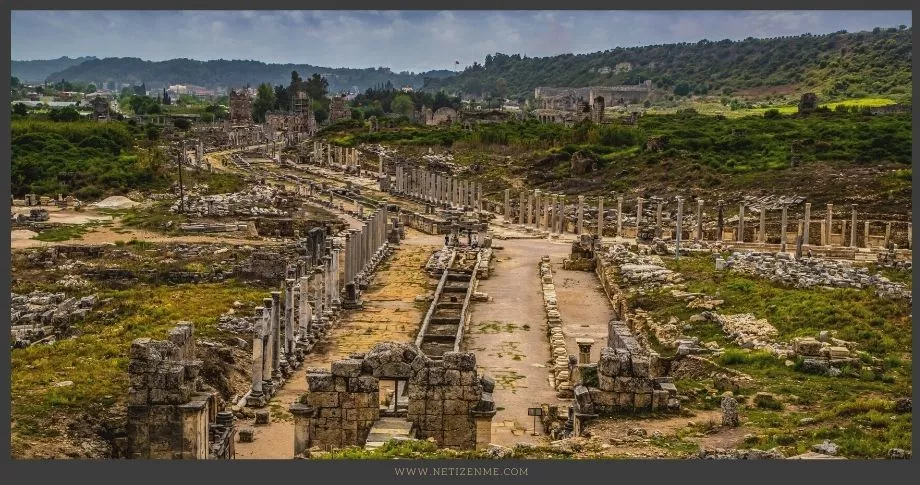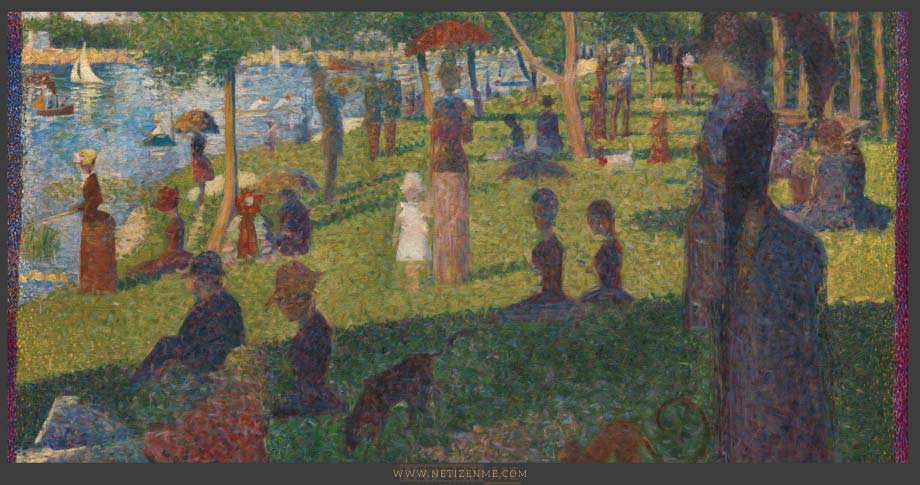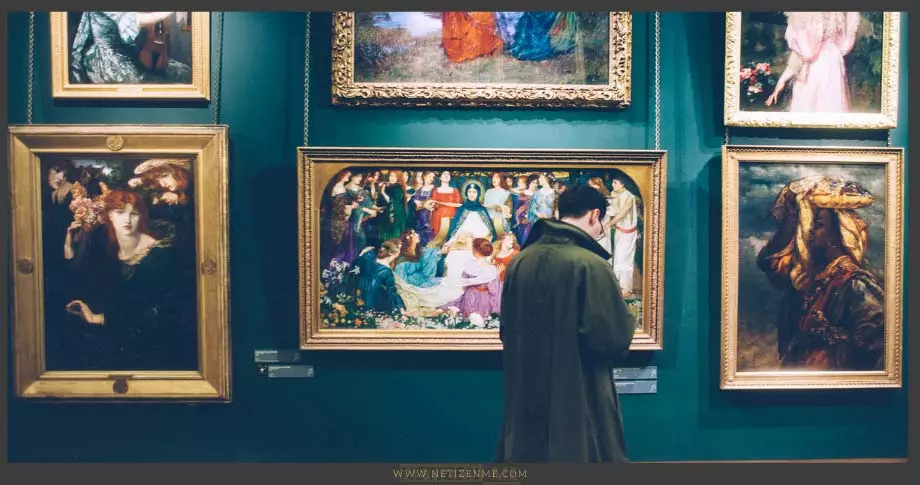
Which arts were inspired by The Large Bathers (Cézanne) or breaking free of?
In this article let’s analyse how both Matisse’s Bonheur de Vivre (Joy of Life) and Picasso’s Les Demoiselles d’Avignon can be simultaneously seen as inspired by and breaking free of Paul Cézanne’s, The Large Bathers.
How both Matisse’s Bonheur de Vivre (Joy of Life) and Picasso’s Les Demoiselles d’Avignon can be simultaneously seen as inspired by and breaking free of Paul Cézanne’s, The Large Bathers?
Who are Paul Cezanne, Henri Matisse and Pablo Picasso?
Paul Cezanne is a French post-impressionist (1839–1906) known for his unique use of colour to build form. He influenced generations with his analytical approach (5). Henri Matisse (1869 – 1954) is a French artist, the leader of the Fauvist moment regarded as the most important French painter(2). Born in Spain, Pablo Picasso is a prominent figure in the art of the 20th century. His work is a mix of multiple styles and is considered influential and high-value art in the modern world(3).
Paul Cezanne’s The Large Bathers (1898-1905)
Paul Cezanne’s The Large Bathers (1898-1905) is a beautiful and aesthetic composition of nude women, finishing chores amidst a blue and merging wild woods background. The realistic rendering and a feminine union are technically handled to project a sober yet charged humanism. Indeed, the classic painting is one of the largest artworks of Cezanne. The peculiar composition instilling triangular alignments reveals a stimulating order that runs parallel with Cezanne’s anxious state for women. The painting had been an influencing factor to Picasso’s Les Demoiselles d’Avignon and Matisse’s Bonheur de Vivre (Joy of Life)(4).

Henri Matisse’s Bonheur de Vivre (Joy of life) (1906)
Henri Matisse’s Bonheur de Vivre (Joy of life) (1906) portrays a group of women and men dispersed on the colourful drapery in intimate poses. The style, composition, drapery, and unflinching positive aura reflect the Large Bathers’ beautiful resemblance. However, Matisse drifts towards an intense depiction of warm closeness that is absent in Cezanne’s painting. The bold rendition of man and woman kissing in the corner and other idle women attempts to disclose the deepest desires of women, which hitherto men think of as an eternal quest. Matisse says a respected goodbye to icons harnessed by Cezanne from being bold in their context to representing the undaunted emotion through a primary colour palette. It was painted just a short time before Picasso finished Les Demoiselles d’Avignon(1).
Pablo Picasso’s Les Demoiselles d’Avignon (1907)
Pablo Picasso’s Les Demoiselles d’Avignon (1907) posits a turning point and a threshold of modernism in European art history (3). Although the painting was looked down on with despise, it is one of the most radical works. Shocked by the unprecedented and unexpected expressions and pose, Matisse pronounced the figures as whores and abhorred the piece. However, the Large Bathers’ influence may be explicit, and so is the breaking away from early classicism. More than a departure, it was a progressive step in the direction of the avant-garde. The African mask’s enthusiastic disposition details the painting’s concept with acceptance of the social tremors and not rejecting them thoughtlessly. The artwork refuses to please the viewer, which is unlike in The Large Bathers by Cezanne (1).
How both Matisse’s Bonheur de Vivre (Joy of Life) and Picasso’s Les Demoiselles d’Avignon can be simultaneously seen as inspired by and breaking free of Paul Cézanne’s, The Large Bathers?
Cezanne, Matisse, and Picasso together ideate as handlers of sub-modernisms of an era that was transitory, sensitive, and interchanging. Picasso had also been influenced by Matisse’s works while looking for intense and evoking core through Cezanne. Matisse and Picasso might carry icons of hierarchy from Cezanne, but they had resolved to look beyond. By looking at the characters, both the artists made an indelible impact on the history of European art. Thus, Bonheur de Vivre (Joy of Life) and Les Demoiselles d’Avignon may carry Cezanne’s genes, but they blossomed flowers of intimate realism in the crux and not on the canvas.
References for further reading about art Inspired by Paul Cézanne’s The Large Bathers:
- artnet Magazine – A Critical History of 20th-Century Art. (2006, January 10). Artnet. (URL)
- McMullen, R. D. (2019, December 27). Henri Matisse | Biography, Art, & Facts. Encyclopedia Britannica.
- Pablo Picasso: 150 Famous Paintings, Bio & Quotes by Picasso. (n.d.). Pablopicasso.Org.
- The Large Bathers, 1898-1905 by Paul Cezanne. (n.d.). Paulcezanne.Org.
- Voorhies, J. (2004, October). Paul Cézanne (1839–1906). The Metâs Heilbrunn Timeline of Art History.
- The Statue of Memi and Sabu and The Statue of Gudea

- The Influence of Classical Rome Art and Architecture on Christian Art and Architecture

- Who Set Artistic Styles and Tastes in Art Today?

This article is written by:
Our professional writers and editors are passionate about sharing high-quality information and insights with our audience. We conduct diligent research, maintain fact-checking protocols, and prioritize accuracy and integrity to the best of our capacity.
You can cite our articles under the author name "Netizenme"
